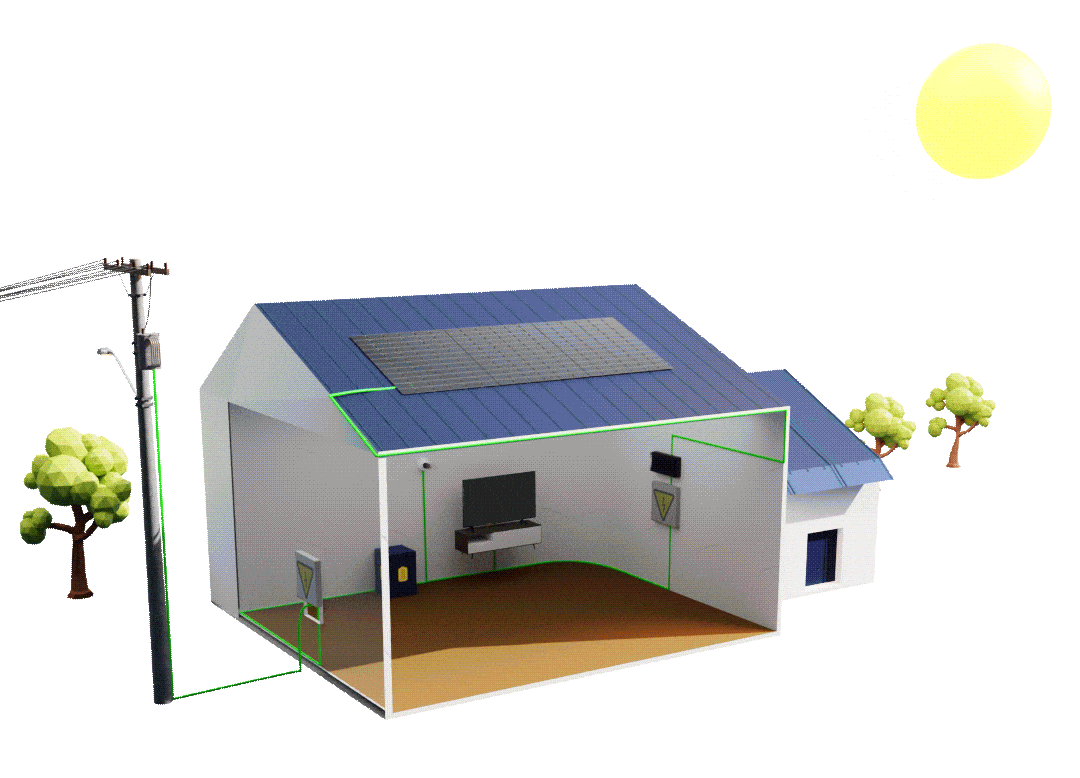Solar energy is increasingly being adopted by commercial businesses as a means of producing cheaper energy while also reducing the carbon impact of a business. Solar energy is abundantly available, and the process through which photovoltaic (PV) cells convert solar energy into electricity is well established. But investing in solar panels is a big commitment which is usually made based on the return on investment. This is a calculation which tells you at what point in the future the money being saved exceeds the initial investment, and is a major element of the justification for making the investment. As such, you need to know how well your solar panels are performing.
Why solar panel efficiency is important
When you purchase and install solar panels you should already have established what kind of power output you require. This is the amount of electricity you need solar panels to produce in order to service the energy demands of your business in a practical way. This will dictate how big you need the panels to be and how many of them you need, and a big part of this is where you will locate the panels.
The solar panel is made up of an assembly of inter-connected PV cells in parallel circuits, and the rated output of the resulting panel will be recorded on a label on the panel by the manufacturer. You should already be aware of this, and should have discussed this as part of the investment process, but nevertheless, this rated output figure (in watts) is merely how much electricity the panel can produce in ideal conditions, ie. optimum hours of sunlight for the time of year and time of day. As we know, particularly in the UK, we can rarely rely on enjoying optimum sunlight at any time of year, so the efficiency of a panel is never going to be 100%. In other words, we can’t expect the panel to produce this rated output figure on a consistent basis all-year-round.
A general rule adopted by the solar industry, therefore, is to allow for a 75% efficiency rating. Which means you can measure the output of your panel and apply a 75% rating to allow for the time of year, the current weather, the location of the panel and any surrounding shading (ie. from trees, buildings or other obstructions). This gives you a more accurate idea of how your solar panel is performing.
How to measure the output of your solar panel
To measure how much electricity your solar panels are producing you need to measure the amps and the voltage in order to calculate the wattage. You can use the TIS PV2KIT, a solar PV performance testing kit supplied by Test Instrument Solutions.
Measuring Current
- Using the TIS 438, clamp around the current carrying conductors
- Make sure it is peak light conditions (ie. around midday)
- Take a reading of the amps produced
Measuring Voltage
- Using the TIS TIS 438 attach the leads to the +/- terminals of the panel
- Set to DC voltage
- Make sure it is peak light conditions
- Take a reading of the voltage produced
Now you can multiply the amps by the voltage to establish the wattage, and multiply this by the average daily hours of sunlight to get a daily wattage figure. You can then apply the 75% efficiency weighting. So if you multiply the daily wattage by 75% this provides a good representation of how the panels are performing in terms of efficiency and electricity produced.
When you committed to investing in the panels you should have performed the calculations for what daily wattage you needed to produce to secure the return on investment that was required. So you can now compare these figures. If the daily output actually being produced and the efficiency of the panels is not sufficient, you can look at shading issues, changing the location of the panels or inspecting them for damage, loose connections or dirt and debris, which could be affecting the optimum performance and how much solar energy the panels can absorb.
Please note that this section is for information purposes only. Anyone using equipment referred to in this section must be suitably qualified and/or experienced within the respective field. If in doubt before use, please consult a qualified electrician or engineer & thoroughly read all instruction booklets.